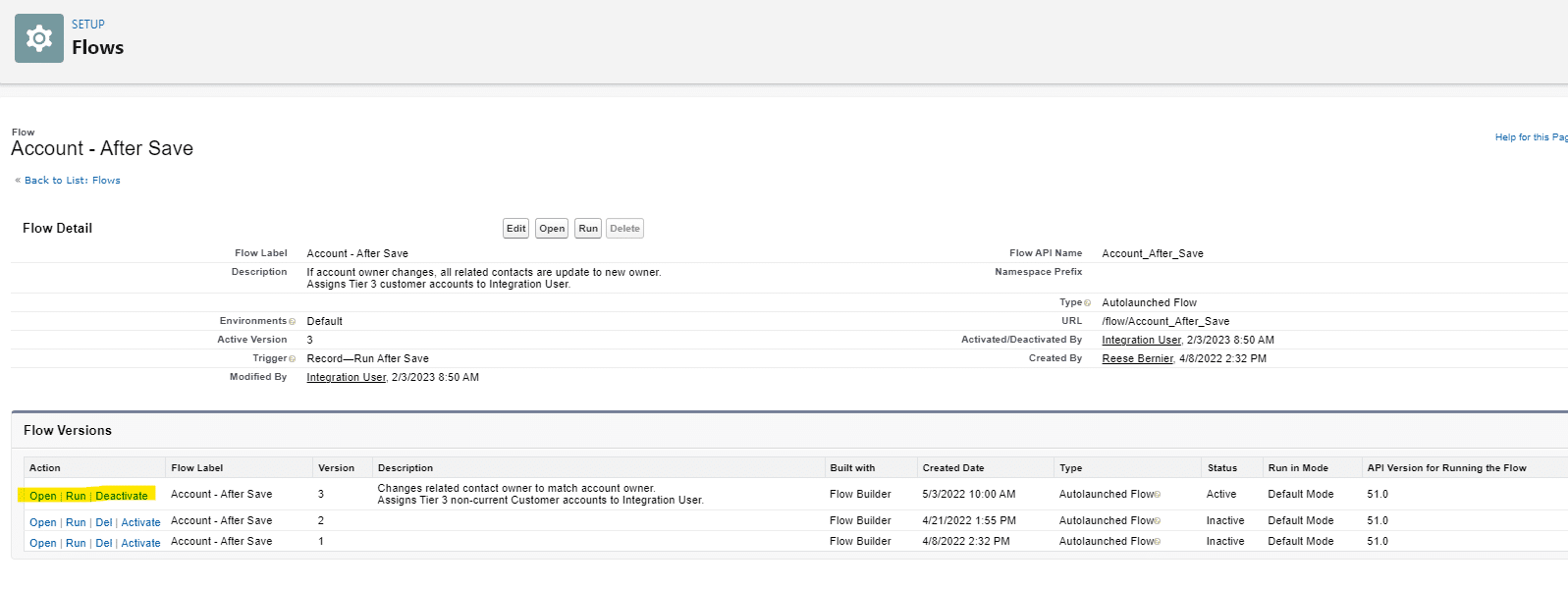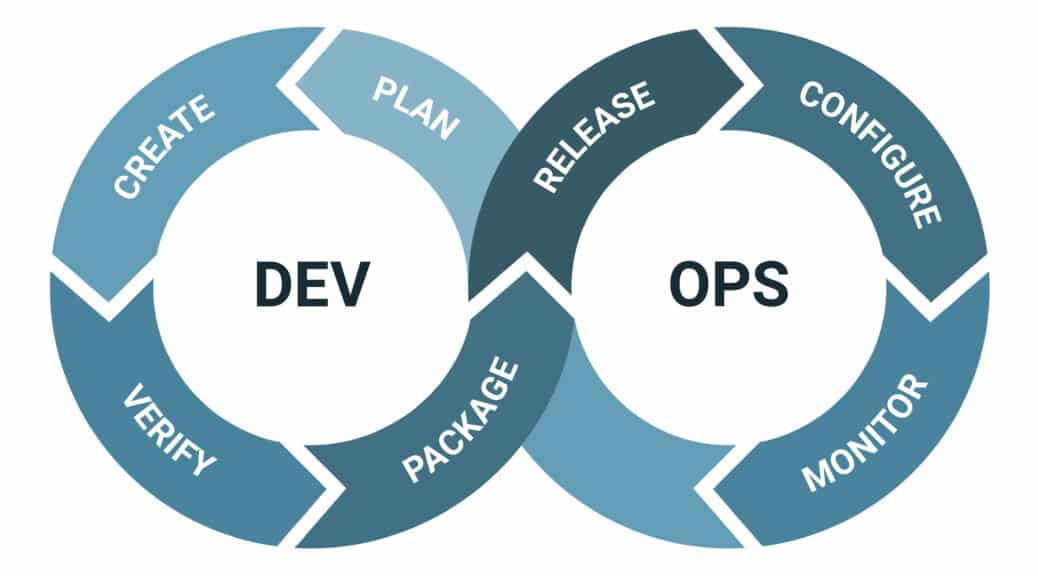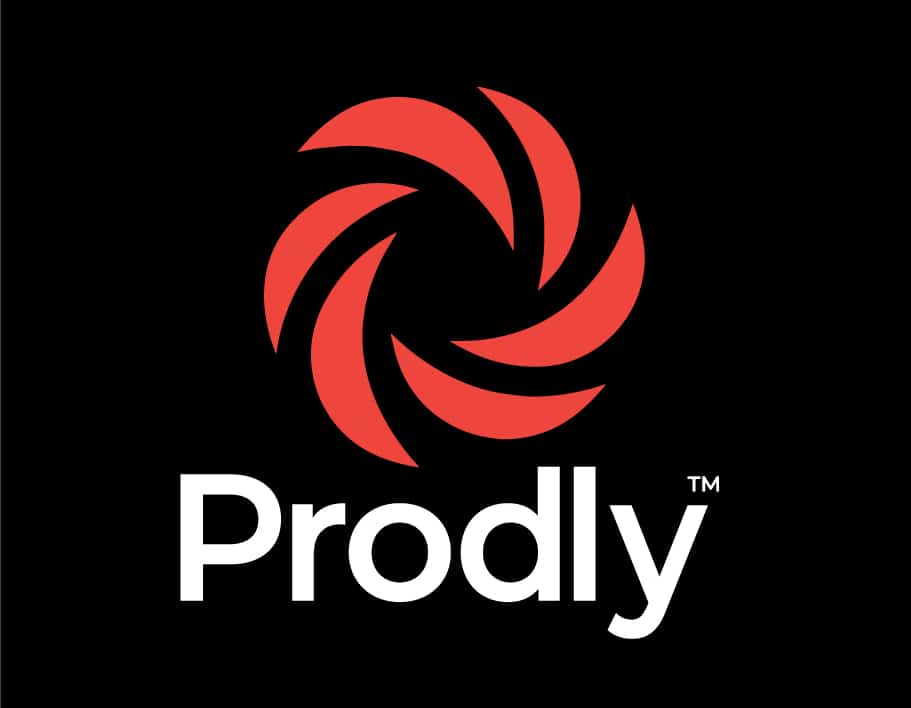
Salesforce application lifecycle management (ALM) is becoming increasingly important to businesses’ agility. In this blog, we explain that you can apply the DevOps fundamentals of automation, version control, CI/CD, and agile to make your Salesforce ALM more scalable.
DevOps Fundamentals for Scalable Salesforce ALM
Your users want changes at the speed of business. Unfortunately, traditional change management practices are often time consuming, labor intensive, and prone to error. This is where DevOps comes in.
By incorporating DevOps fundamentals into the development process, you can ramp up your Salesforce ALM. Let’s take a closer look.
Automation
Automation is essential to DevOps. When you automate repetitive, time-consuming tasks, you can free up valuable time and resources to focus on higher-value work. As a result, automation in ALM can help minimize errors, increase consistency, and improve speed. Plus, it reduces the amount of boring busy work you have to do—and that’s always a good thing!
Data deployment automation in Salesforce eliminates the need for manual intervention. This in turn reduces the risk of human error that could cause problems further up the release pipeline.
At the same time, automated testing catches bugs and issues that could affect end users early in the development process. This improves the quality of your releases.
It’s also smart to automatically create release notes, alerts, and notifications. This saves a considerable amount of time and effort while ensuring everyone on your team has sufficient information at their fingertips.
For instance, an automated deployment tool like Prodly DevOps lets you deploy work in 80 percent less time! We’re talking just minutes to promote work to the next stage—not hours!!
You can also use automated sandbox seeding to quickly push up-to-date production data into a Developer Sandbox or scratch org. This makes your lower-level org just like a segment of production, so you can confidently make changes without worrying about bugs and issues later.
Version Control
Version control for both metadata and configuration data is also a critical component of DevOps. A version control system (VCS) lets you effortlessly keep track of changes, collaborate more effectively with team mates, and manage code conflicts more easily. Plus, it ensures everyone’s working from the same source of truth when you have a large development team.
In Salesforce DevOps, it’s especially important to have a VCS like Git due to the complexity of the platform. Because a VCS automatically tracks all changes, you can easily roll back changes to a previous version if needed. That’s why a VCS is sometimes also referred to as “the oops button.”
Let’s say you deployed a new configuration to production but it’s preventing a flow from being triggered. All you have to do is roll back the change by reverting to your previous version of the configuration in your VCS. Then you can isolate the code with the bug, fix it, and test it before deploying it again. It’s a good safety net to have.
CI/CD
Continuous integration/continuous delivery (CI/CD) is another important DevOps principle that can improve Salesforce ALM. CI/CD involves automating the build, test, and deployment process and constantly pushing small changes to development. This iterative, incremental approach to change management allows you to release changes quickly and safely.
For example, you’re building a new app that will enable users to integrate their Salesforce org with the latest generative natural language model. You start by building, testing, deploying, and releasing the basic app that lets users leverage AI to write and check code.
Based on user feedback, you discover that the app is rather slow. So in your next sprint, you refine the configuration to make it faster. Your users like this, but they’ve found another bug. In your next sprint, you fix that. This is what we call iterative development.
(Did you know you can establish CI/CD in Salesforce without Git? This can be helpful if you want to apply some principles of DevOps, but aren’t ready yet for version control.)
Agile Development Practices
Agile as a methodology predates DevOps. In fact, DevOps complements agile. So by following agile development practices in Salesforce ALM, you can respond quickly and effectively to change requests. This benefits your end users tremendously.
In agile, you prioritize the most important work and use feedback to improve and build upon it. This ensures you’re delivering value to end users as quickly as possible. Agile also promotes communication and collaboration. As a result, you and your team can more successfully perform releases and complete projects.
Let’s use the same example as above. To establish this iterative development process, you need all team members to work closely together. This includes documenting the changes you make, keeping each other informed about progress, and working together to brainstorm fixes and improvements.
Scale Your Salesforce ALM With DevOps
Keep these fundamental DevOps principles in mind to minimize bugs, eliminate repetitive manual work, and prevent bottlenecks in the release pipeline. You’ll soon see your release management process skyrocket!
You can do far more with fewer resources, and you can do it much faster than with traditional release methods. This means you can complete more change requests and better support your end users, which ultimately benefits your entire organization. It also means you don’t have to work late or on weekends anymore—and that’s awesome for your Salesforce work-life balance! You’ll have way more free time!
This blog was first published on www.salesforcedevops101.com on February 23, 2023.
FAQ
What does Salesforce application lifecycle management (ALM) involve?
Salesforce ALM comprises the planning, building, testing, deployment, and monitoring of changes to your production instance. The DevOps steps—build, test, and deploy—require seamless communication and collaboration between the development team and the operations team. Learn more about Salesforce application lifecycle management.
Why do I need automation in Salesforce ALM?
Automation allows you to plan, coordinate, and deploy changes into production with a minimum of manual work. It minimizes the time and effort you spend on repetitive tasks, improves accuracy, and speeds up the change management process significantly.



















